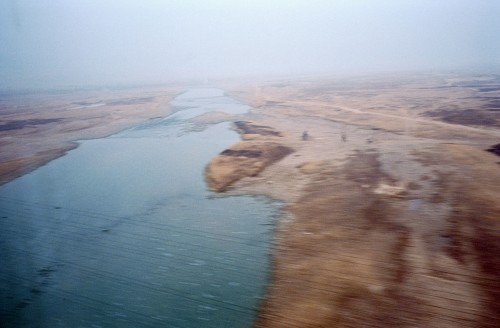
1.You came to china very early, I mean much earlier than those western photographers who come to dig gold after 2008. But it seemed you were never attracted by modern china, which are changing very fast. Why?
I am attracted by modern China, but I think its more interesting to highlight issues that have allowed modern China to become what it is. Some of my more important works look at the dreams of the Chinese nation but it is also contrasted by the costs of realizing such a dream.
2. How long have you been lived in China. Did you still base in Beijing? We met several years ago, you give me a feeling that you are very quite and take very quite photos. Don’t you think Beijing is too noisy?
I left China in 2008 after having lived there for 2 years. I like it there, its exciting to feel like you are on the edge of some very important changes in a country whose decisions will have a significant impact on the rest of the world. Beijing itself has seen an enormous transformation; sometimes those changes feel too fast as there is not enough time for reflection as to what is lost.
3. Have you ever visited Three Gorges era again after shooting your project on 2003. It is your first project in china. How did it start?
I visited that area every year from 1999 -2003. At the beginning I wanted to show life as it was before the change. Afterwards in later years I wanted to show the changes as it happened, I wanted to capture the feeling of loneliness of people left behind because they did not have enough money to move. There was a real fear for their future and it was more pronounced when the towns that were being destroyed started to empty of people. Towards the end of the essay, my pictures were more ambiguous, more dreamy even happier perhaps, I did that to signify a sense that it was a dream even if that ambition was largely a government one. The duality in the essay is my way of suggesting that things are more complex than they appear and that it highlights the sacrifices that have been made for national pride.
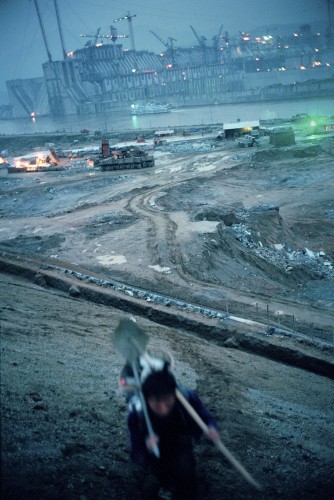
4. Your work “Dark Cloud” has some very intimacy portraits. This kind of portraits which subject stare at the lens seems not quite often appear in your project. Can you just say something about this?
Dark Clouds works on two levels; the candid pictures aims to capture the daily reality of working in this world in an impressionistic way, almost as a dark dream. Within this world, I want to highlight the anonymity of these people in their industrial surroundings. They are, as the English expression goes, just cogs in a giant machine. So most of these pictures rarely have a face in them, they are obstructed or blurred or reflected; they are visual expressions of this idea I have. The second level, are portraits, moments where I extract these individuals from their activities to allow them a space to express their humanity. I want these pictures to serve as a reminder, that behind all the advancements in our material life, there is a human face .
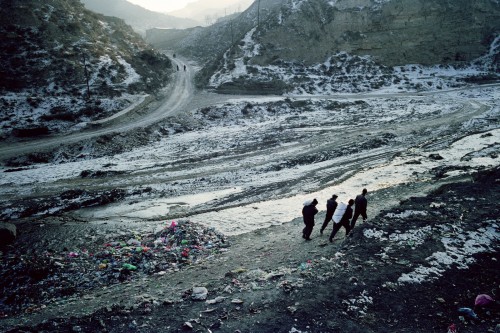
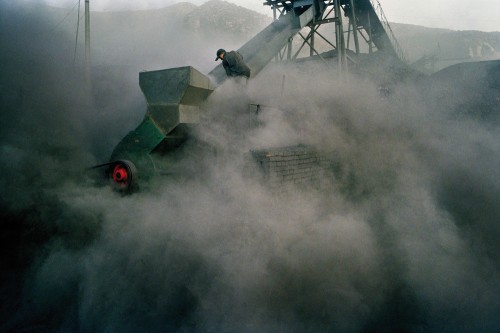
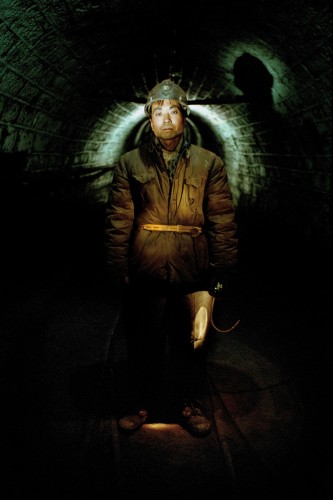
5. Traces is your latest project. It is a little difference with the others, very abstract. Can you tell us some of your thoughts about this new story?
Traces is a chapter that informs my earlier work Dark Clouds. Both stories exist separately as well as together. In Traces I no longer look at people’s individual stories, instead I am looking at what humanity has left behind as a result of their ambition. This is a global issue and China is at the forefront. I see landscape as a source of memory, evidence and a testament to the cost of realizing our material desires. I see China moving forward at a great pace but there is not enough planning and consideration in the journey forward and I fear that this will be heavy price on ordinary people and the environment.


6. Will Traces be the last chapter of your observation on china? What is your next project.
I don’t know. I received a grant from the Magnum Foundation Emergency Fund supporting my work Traces. In the Spring of 2011 I shot new works on the same subject but my focus was specifically on the Yellow River/Basin. The issues I want to explore is similar to my earlier panoramic work. The focus is on the landscape, the environment and what it can tell us about society and government based on the recent physical changes along China’s mother river.
7. Do you shoot digital? How is your attitude on the digital photography?
Yes but usually for assignments. For my personal work I tend to still work in film because I still prefer the look of film and I enjoy the creative discipline that comes with it.
8, You never try black and white, do you?
I started in black and white. From 1995 – 1998. Then in 1998 I tried colour on a visit to Hong Kong. I did an experiment when I started in colour – I promised myself that if I could include colour in my photos and be convinced that this new element was an integral part of my aesthetic decision then it was a good reason to work in colour.
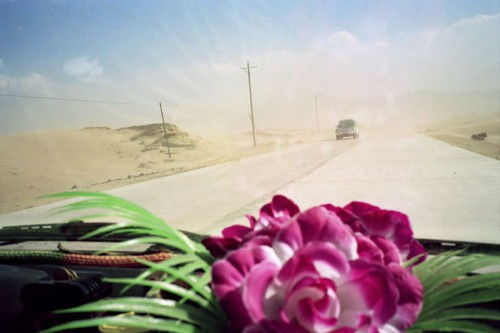
9. How do you organize your photos ? There is a saying that you shoot more and there will be the story. Do you agree with it?
To some extent yes, but that is a little too simple a description. You need room to play, to come across happy accidents that you did not plan for; this also means that you don’t just come with your preconceptions. So in that way the saying is relevant but you need a line or a vision in your mind to help guide you in the choices you make. For that, I would say it can sometimes be easier to imagine yourself as a director of a film in which you have no control over the subjects other than the choices of when and where you choose to shoot. Your vision and your patience is all you have to realize this film.
10 . Granta just published a 10-year retrospective of your work in China. It is rare that a literature magazine give so many pages to photos. what your own description of this 10-year-work?
I think it was a great compliment to have such a respected publication give me so many pages. Both the art director and myself worked closely to produce an edit that we thought would work well. The 10 years revisiting China has been a personal journey as much as it has been a discovery of the country. It has been a way for me to understand the great forces and events that work just beneath the surface of this amazing country. The photographic process was my window into this world.
11. The editor from Granta said that these photos are a kind of “other voice, a visual expression of theme.” How could you make your statement by photo? How could you “write” article by photo?
I suppose the way I would interpret that passage is – photography that focuses on issues or a theme. And I know from Granta’s past history, that they tend to appreciate work that have required time and consideration exploring a particular subject.
For me photography is about authorship, nowadays its not hard to learn how to take a good picture, so saying something with one’s photography has become increasingly important. The ultimate challenge is conveying something meaningful with eloquence. Successful bodies of work should provide enough space for the viewer to journey beyond the surface of what they see.
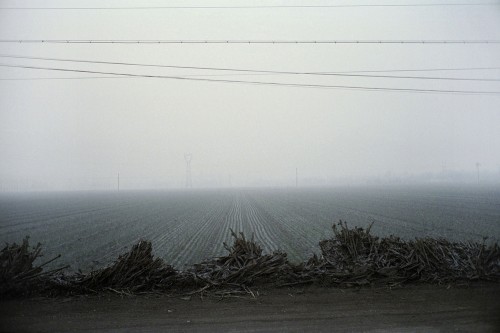
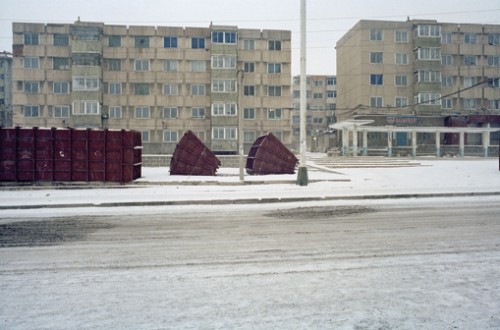
12 , pls recommend some of your favorite books.
Taryn Simon,“American Index of the Hidden and Unfamiliar”
(Ian Teh’s new book: Traces)
Pingback: Emergency Fund